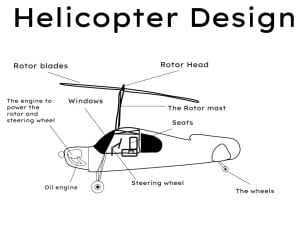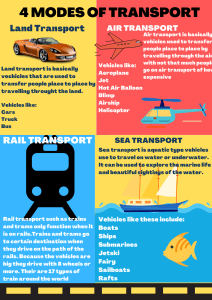LI to use our smart searching skills for research
For this inquiry, our topic researching about the famous artist Pablo Picasso. By using our smart researching skill we used the knowledge on the internet to create a DLO on personal information about him. Something I found interesting about Picasso was Picasso a famous artist who start this art journey at the age of seven. By the time he was eight he was able to make more realistic art than an average kid.
I found this activity interesting because I used my researching skills to find out information about someone.


